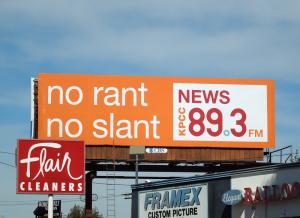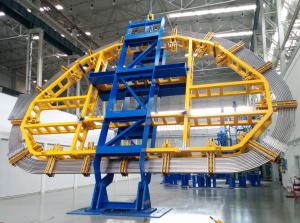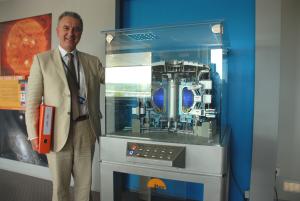What’s New
7 July 2014
ITER news digest for the period of 30 June 2014 to 7 July 2014.
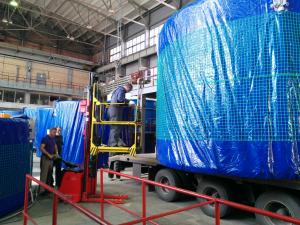
Russian toroidal field conductor deliveries reach half-way point
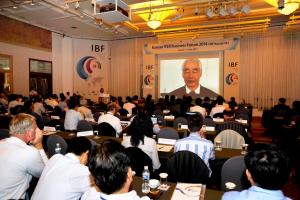
ITER Business Forum opens in Seoul
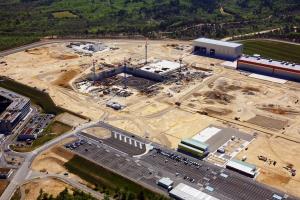
ITER worksite: 2014 milestones
